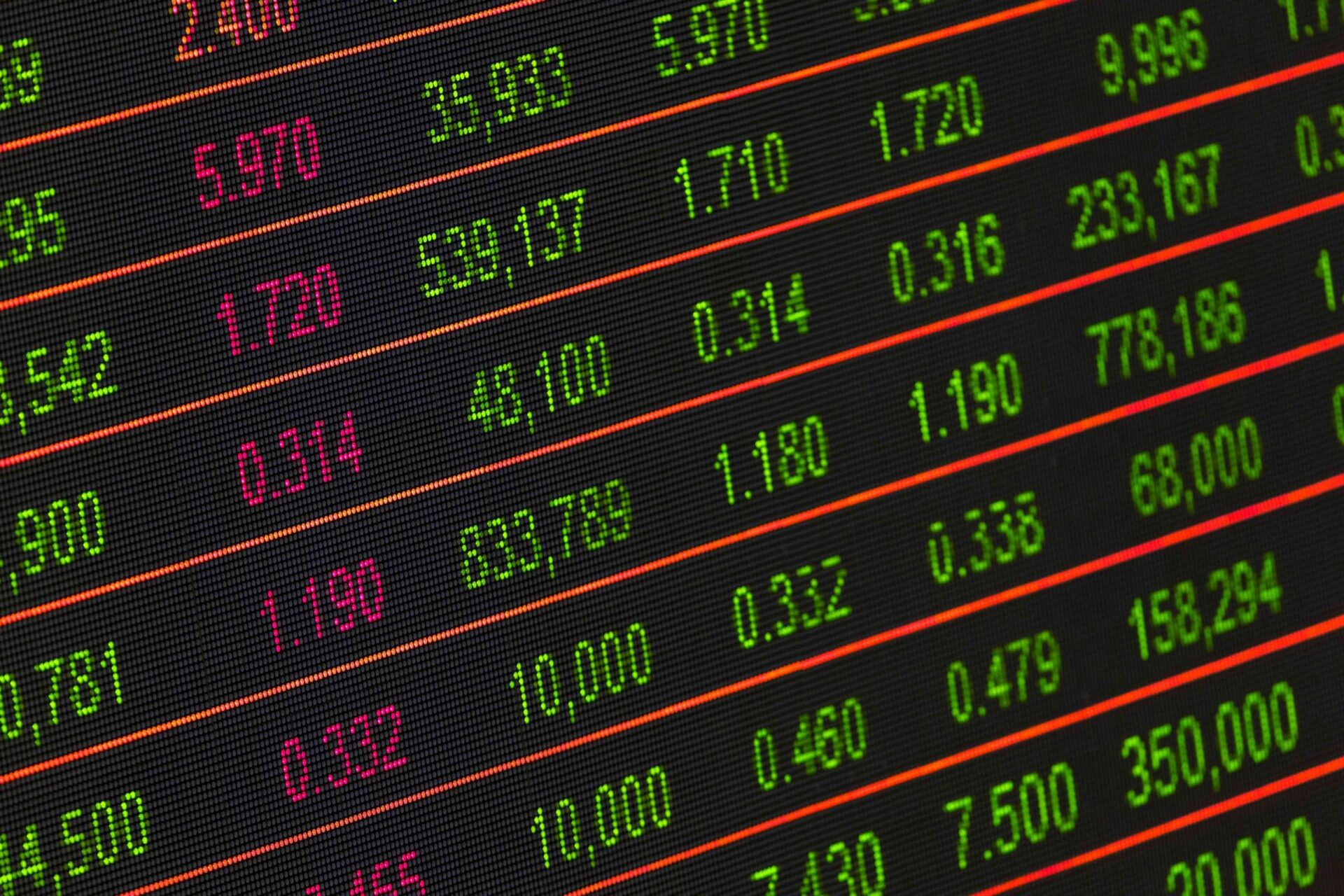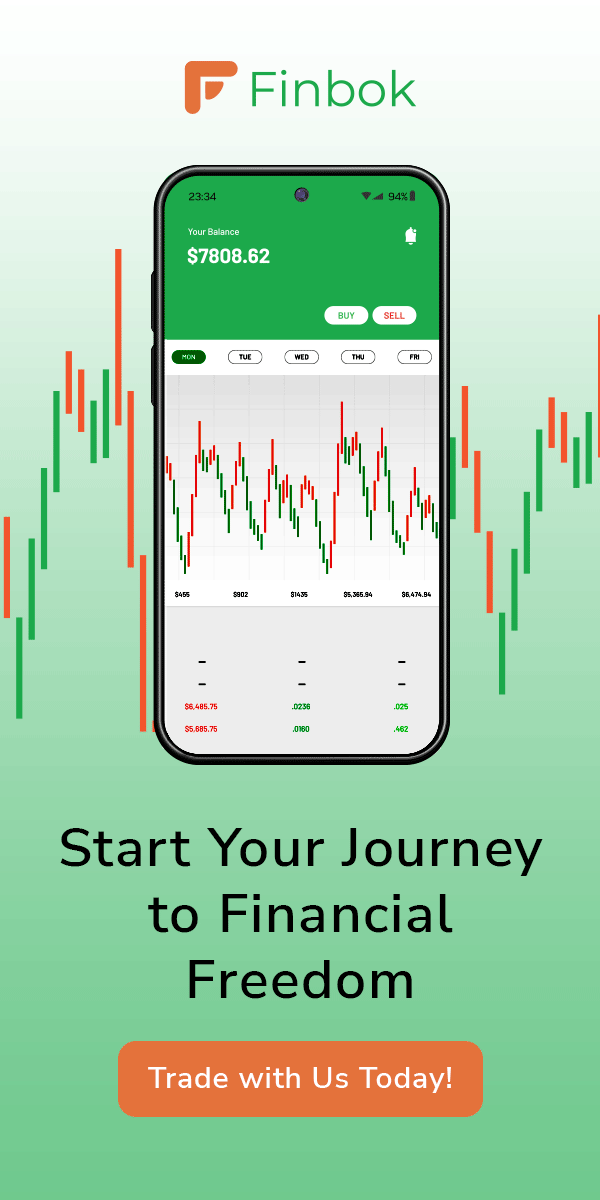Forex trading, is one of the most volatile financial markets. Yet it’s this high volatility that draws hundreds of thousands of traders to the FX markets.
Forex trading is fundamentally about recording changes in the values of currency pairings.
For example, if you believe the Euro will rise in value versus the US Dollar, a speculator may purchase Euros with Dollars.
If the Euro’s relative value rises (the EUR/USD rate), you can sell your Euros back for more Dollars than you originally spent, resulting in a profit. And that in a nutshell, is forex trading.
Individuals and corporations utilize Forex hedging to protect themselves against adverse currency movements, often known as currency risk.
For example, a company conducting business in another country may employ forex trading to protect itself from potential losses caused by exchange rate swings abroad.

Forex Trading – Gateway to Financial Markets
Traders can reduce the risk of financial volatility and guarantee more consistent earnings or expenses in their own currency by securing a favorable rate ahead of time through a forex transaction.
Forex trading has several advantages, including high liquidity, which allows you to purchase and sell several currencies without significantly changing their value.
Furthermore, traders can utilize leverage to handle a huge position with a small sum of money.
However, leverage can increase losses, making forex trading a sector that demands knowledge, strategy, and a thorough understanding of the risks involved.
Since forex trading is international and involves financial centers throughout the globe, a variety of world events have an impact on currency values. Currency prices are greatly affected by interest rates, inflation, geopolitical stability, and economic growth.
Interest rates, inflation, geopolitical stability, and economic growth all have a considerable impact on currency prices.
For example, if a country’s central bank boosts interest rates, its currency may gain as investors earn larger returns in that currency.
Similarly, political instability or a negative economic development outlook can cause a currency to depreciate.
Forex trading is more than just a financial activity, it can serve as a gauge to measure global economic and political trends.

Forex Trading – FOMC to affect Forex markets
The Federal Reserve (Fed) will issue the minutes of its January policy meeting on March 3.
Forex traders will closely monitor statements on the inflation outlook and the potential timing of a policy shift.
The Fed is widely expected to keep the policy rate steady in March.
In January’s post-meeting press conference, Federal Reserve Chairman Jerome Powell stated that he did not expect a rate cut in March.
“If we saw [an] unexpected weakness in the labor market, we would cut rates sooner,” Powell added.
After the January labor market report revealed that Nonfarm Payrolls climbed by 353,000, investors interpreted that as a confirmation of a delay in the policy pivot and refrained from pricing in a rate cut in March.
With an interest rate cut as early as March looking increasingly implausible, investors began to consider if May might be the appropriate moment for the Fed to begin relaxing policy.
However, recent data from the United States reveals that the economy expanded at a faster rate than projected in the fourth quarter, and the disinflation process lost impetus at the start of the year.
According to the Bureau of Labor Statistics, core inflation in the United States increased by 3.9% in January, mirroring the gain in December and exceeding analysts’ expectations of 3.7%.
The chance of a May rate drop has declined to 30% from above 50% earlier in February, according to CME FedWatch.
Forex Trading: Market factors – Latest FOMC (February)
The Fed will disclose the minutes of its January policy meeting on Wednesday at 19:00 GMT.
The USD Index (DXY), which analyzes the US dollar’s worth against a basket of six major currencies, increased by more than 2% in January and is up 0.65% so far in February.
The market stance shows that the USD has additional upside potential if FOMC Minutes feed into expectations of a policy pivot delay until June.
On the other hand, if the release indicates that policymakers are willing to consider lowering interest rates by May, the USD may see increased selling pressure.
However, policymakers’ comments in the minutes will most likely be out of date because the meeting occurred before the release of the most recent inflation and employment figures.
Forex Trading Terminology
The greatest approach to start your forex journey is to learn the language.
Here are some terms to help you get started:
A forex trading account is used to conduct currency transactions.
Depending on the lot size, there are three types of forex trading accounts:
Micro forex trading accounts are those that allow you to trade up to $1,000 worth of currencies in a single lot.
Mini forex trading accounts allow you to trade up to $10,000 in currencies in a single lot.
Standard forex trading accounts allow you to trade currencies valued up to $100,000 in a single lot.
Ask: An ask (or offer) is the lowest price at which you are willing to purchase a currency. A bid is the price at which you intend to sell a currency.
Contracts for difference (CFDs) are derivatives that allow traders to speculate on currency price changes without owning the underlying asset.
Leverage is the use of borrowed capital to multiply returns. The forex trading market is characterized by significant leverage, which traders frequently employ to strengthen their positions.
Forex Trading – What Is the Base Currency?
The phrase base currency refers to the first currency to appear in a currency pair. Currency pairings are used in the foreign exchange market to quote currency unit prices.
The base currency is typically regarded as the native currency, followed by the quote currency or the counter currency in the pair.
Currency pairs in the forex market are often represented as XXX/YYY, with XXX representing the base currency (i.e USD/EUR). The base currency represents the amount of the quote currency required to purchase one unit of the base currency.
Forex Trading: Basic Forex Trading Strategies
The most fundamental types of forex trades are long and short trades, with price changes recorded in pips, points, and ticks.
In a long transaction, the trader bets that the currency price will rise and they will profit from it.
A short trade is a wager that the currency pair’s price will fall. Traders can also fine-tune their trading method by using technical analysis strategies like as breakouts and moving averages.
Depending on the time and quantities for trading, trading techniques can be classified into 4 types:
1 A scalp trade consists of cumulative positions held for seconds or minutes at most, and profits are limited in terms of the number of pips.
2 Day trades are short-term transactions in which positions are held and then liquidated on the same day. A day trade can last a few hours or minutes.
3 A swing trade is one in which the trader keeps the position for a period of days or weeks rather than a single day.
4 In a position transaction, the trader keeps the currency for an extended length of time, such as months or years.
Charts for Forex Trading
There are three sorts of charts used in forex trading. They are:
Line Charts Line charts are used to identify large-scale trends in a currency. They are the most basic and popular sort of chart utilized by forex traders.
They display the currency’s closing trading price for the time periods provided by the user.
Trend lines detected in a line chart can be utilized to develop trading strategies.
For example, you can utilize the data on a trend line to discover breakouts or changes in trends for rising or falling prices.
Bar Charts Bar charts, like many other types of charts, provide more pricing information than line charts.
Each bar chart represents one day of trading and includes the opening, highest, lowest, and closing prices (OHLC) for each trade.
A dash on the left symbolizes the day’s opening price, while a comparable one on the right represents the closing price. Colors are sometimes used to signify price fluctuation, with green or white for rising prices and red or black for declining prices.
Currency traders use bar charts to determine if it is a buyer’s or seller’s market.
Candlestick charts Candlestick charts were first utilized by Japanese rice traders in the eighteenth century.
They are more visually appealing and easier to read than the other chart kinds mentioned above.
The upper portion of a candle represents the opening price and greatest price point of a currency, while the lower portion represents the closing price and lowest price point.
A down candle signifies a period of falling prices and is shaded red or black, whereas an up candle shows a period of rising prices and is shaded green or white.
The forms and shapes in candlestick charts are used to determine market direction and movement. Hanging man and shooting star are two of the most common candlestick chart forms.
Forex Trading markets & volatility
Forex markets are among the most liquid marketplaces in the world. Thus, they may be less volatile than other markets, such as real estate.
A currency’s volatility is determined by a variety of factors, including the country’s politics and economy.
As a result, events such as economic instability in the form of a payment default or a trade imbalance with another currency can cause severe volatility.
Currency must be traded in pairs. Mathematically, 28 distinct currency pairs can be formed from only eight currencies.
However, due to their overall liquidity, forex market makers often quote approximately 18 currency pairs.
The most frequently traded currency pairs in the forex market by volume:
- USD/CAD
- EUR/JPY
- EUR/USD
- EUR/CHF
- USD/CHF
- EUR/GBP
- GBP/USD
- AUD/CAD
- NZD/USD
- GBP/CHF
- AUD/USD
- GBP/JPY
- USD/JPY
- CHF/JPY
- EUR/CAD
- AUD/JPY
- EUR/AUD
- AUD/NZD
These 18 FX pairs account for the majority of trading volume in the forex trading market. This makes it much easier than trading stocks where there are thousands of assets to choose form.
Forex Trading in South Africa: Benefits of Trading with Finbok in 2024
Regulatory Compliance and Security: Finbok follows strict regulatory guidelines to provide a secure and transparent trading environment. Cutting-Edge Technical Integration: The platform combines the newest technical breakthroughs, allowing for speedy and informed trading decisions. Award-Winning Services: Finbok’s services have been acknowledged throughout the industry for their superior customer service, technology, and overall trading experience. Diverse Asset Offerings: Traders can choose from a wide range of trading instruments, allowing them to diversify their portfolios and take advantage of various market possibilities. Educational Resources and Support: Finbok provides substantial educational materials for both novice and seasoned traders, as well as excellent customer service. Advanced Risk Management Tools: The platform includes sophisticated tools for effective risk management, which is an important feature of trading, particularly during turbulent periods such as earnings season. Competitive Spreads and Low Fees: Finbok provides cost-effective trading, which is critical for maintaining profitability, particularly among frequent traders. Community and Networking Opportunities: The platform includes a trader community, which allows for networking and strategy sharing, thereby improving the entire trading experience. Continuous Innovation: Finbok’s services are regularly updated, ensuring that traders have access to the most up-to-date and efficient trading tools and information.







